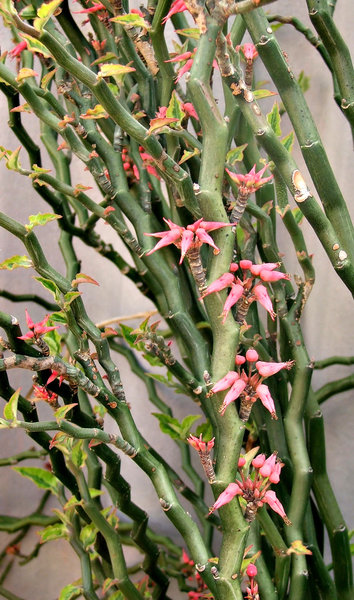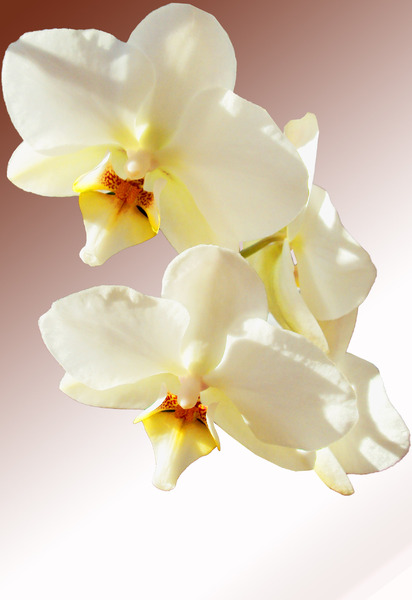When choosing plants for your garden, it is important to consider their size, shape, color, and texture. By selecting a variety of plants that complement each other, you can create a visually interesting and cohesive garden design. It is also important to consider the seasonal interest of plants, as different plants bloom at different times of the year, ensuring that your garden looks beautiful year-round.
In addition to improving air quality, tropical houseplants can also have a positive impact on mental health. Studies have shown that the presence of plants in indoor spaces can reduce stress, anxiety, and depression, while improving overall mood and well-being. The act of caring for plants, known as horticultural therapy, has been shown to have a calming and therapeutic effect on individuals, promoting relaxation and mindfulness.
Another important consideration in garden design is the overall style of the garden. There are many different garden styles to choose from, including formal, informal, contemporary, traditional, and cottage garden designs. Each style has its own unique characteristics and can be tailored to suit your personal taste and the architecture of your home.
The Benefits of 3D Garden Design:
One of the key advantages of
3D garden design is the ability to visualize and plan a garden space before any physical work begins. This allows designers and homeowners to experiment with different layouts, plantings, and features to create the perfect outdoor oasis. With 3D technology, it is possible to view the garden from multiple angles, including aerial views, which provides a more comprehensive understanding of how the space will look and function once completed.
Formal garden designs are characterized by geometric shapes, symmetry, and structured plantings, while informal designs are more relaxed and natural, with curving pathways and mixed plantings. Contemporary garden designs often feature clean lines, minimalistic plantings, and modern materials, while traditional designs are inspired by historical gardens and feature classic elements such as topiaries, formal hedges, and statuary.

Peatlands absorb and store large amounts of carbon dioxide, which is incredibly useful in tackling climate change. The government aimed to ban the use of peat in compost by 2024 - although that has been extended until 2030.
There is a wide variety of tropical houseplants to choose from, each with its unique characteristics and care requirements. Some popular choices include the lush and tropical monstera deliciosa, the colourful and easy-to-care-for calathea, and the striking and resilient fiddle leaf fig. Whether you prefer large statement plants or small, delicate specimens, there is a tropical houseplant to suit every taste and space.
One of the main appeals of tropical houseplants is their ability to thrive indoors, even in spaces with limited natural light. Many tropical plants are well-suited to the lower light conditions found in most homes, making them an ideal choice for those with less than ideal growing conditions. In addition, tropical houseplants are generally low maintenance and easy to care for, making them a popular choice for beginners and experienced gardeners alike.

This spring, the Royal Horticultural Society, together with the Bumblebee Conservation Trust, is calling on people to take part in its ‘Bumbles on Blooms' campaign, capturing pictures of bumblebees and uploading these to the iNaturalist app or website (uk.inaturalist.org) to help better understand which garden flowers they prefer.
Tropical houseplants are a popular choice for indoor gardening enthusiasts, as they bring a touch of exotic beauty and vibrancy to any living space. With their lush foliage, vibrant blooms, and unique shapes, tropical plants can transform a mundane room into a lush oasis. In this article, we will explore the appeal of tropical houseplants, their benefits, and tips for caring for these stunning additions to your home.
One of the key benefits of tropical houseplants is their ability to purify the air. In today's increasingly polluted world, indoor air quality is a growing concern for many people. Tropical houseplants, however, act as natural air purifiers by absorbing toxins and emitting oxygen, creating a healthier living environment for inhabitants. Plants such as peace lilies, spider plants, and snake plants are particularly effective at removing common indoor pollutants like formaldehyde, benzene, and trichloroethylene.
The firefly petunia glows gently green in the dark thanks to genes implanted in it taken from a bioluminescent mushroom, called Neonothopanus nambi which is found in Central and South America, Malaysia and Australia.
Tropical houseplants are a popular choice for indoor gardening enthusiasts, thanks to their stunning beauty, easy care, and range of benefits for physical and mental wellbeing. From their lush foliage to their vibrant flowers, tropical plants add a touch of exotic beauty to any room, transforming a mundane space into a lush oasis. With their ability to thrive in low light conditions and their air-purifying properties, tropical houseplants are an ideal choice for those looking to bring a touch of the tropics into their home. By following a few key care tips, you can enjoy the beauty and benefits of tropical houseplants year-round, creating a stunning indoor garden that will brighten your space and lift your spirits.